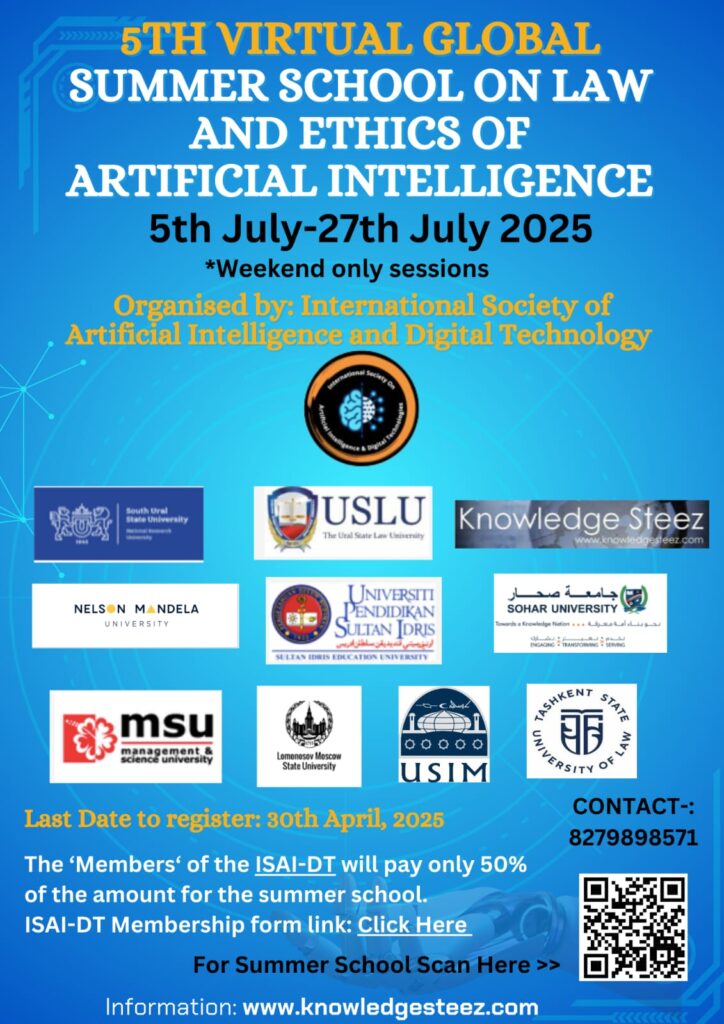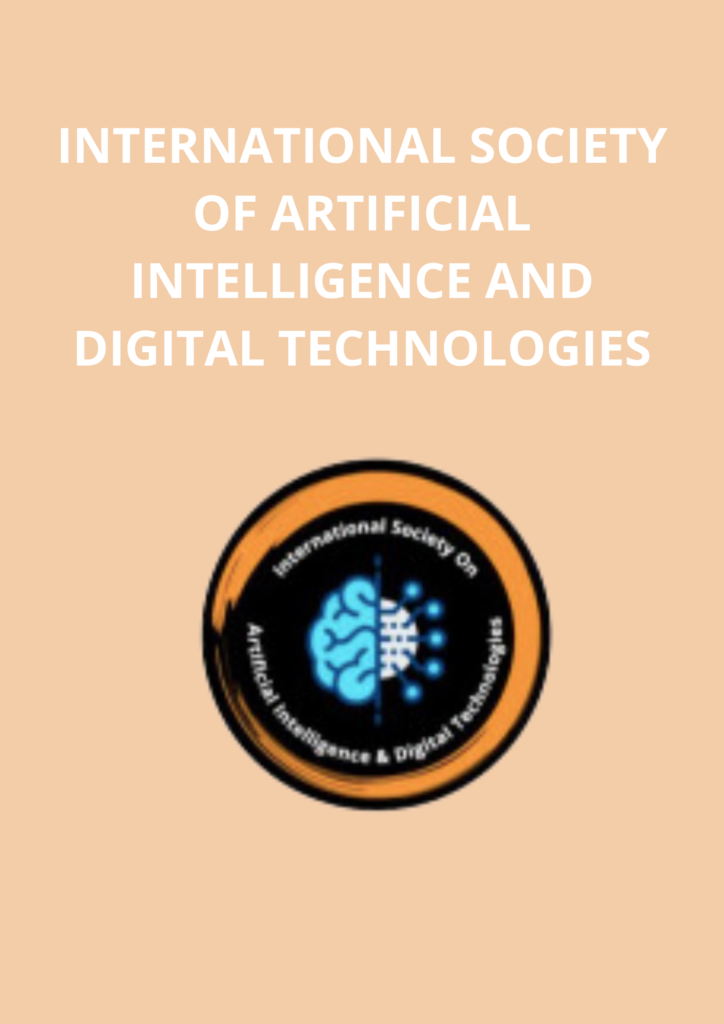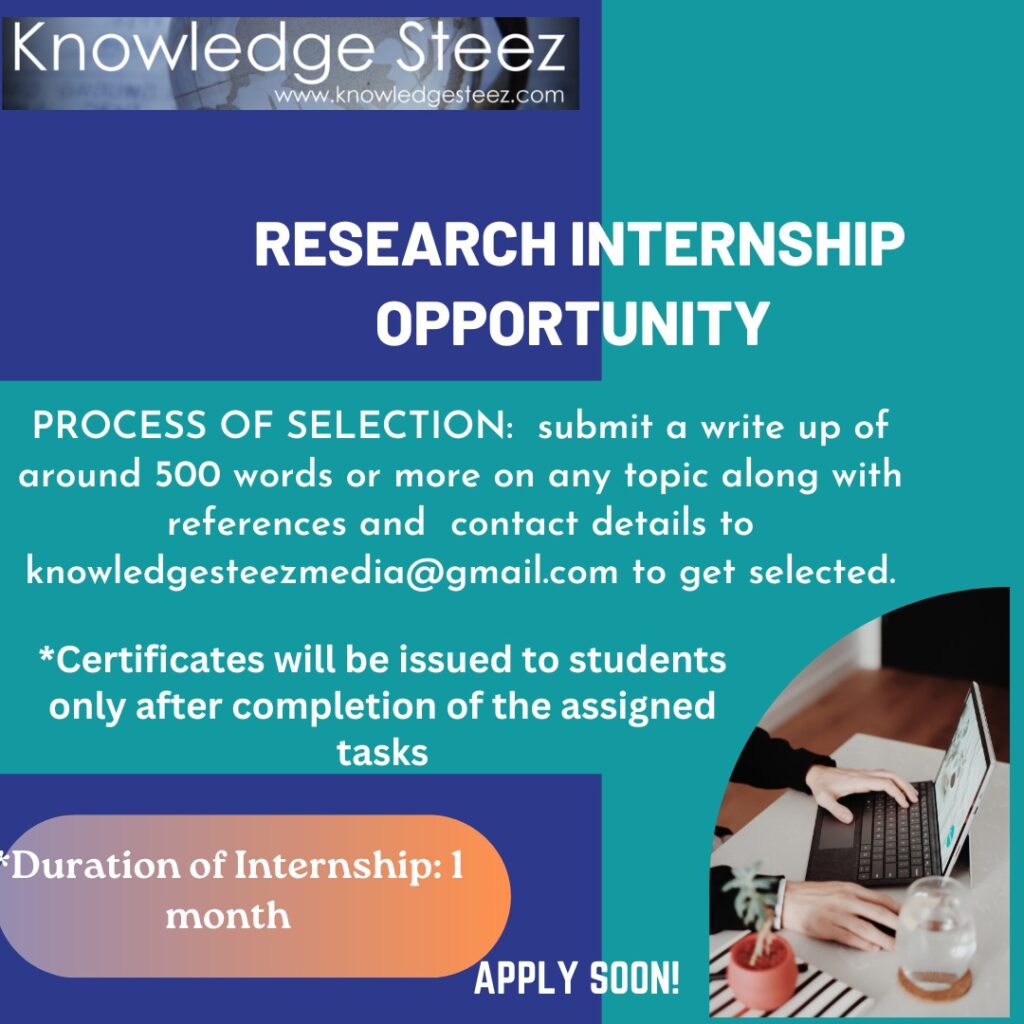DESCRIPTION
Although still in a nascent stage, data analytics is a functionality that is playing an increasingly important role in public sector evidence-based decision-making around the world (Matheus, Janssen, & Maheshwari, 2018). Both private and public sectors generate vast quantities of data in various areas, such as energy, traffic, education, healthcare, environment, fraud and corruption, among others. Despite this, however, a few governmental bodies are exploiting the full potential of such data for better decision-making and governance in solving public problems. The benefits in so doing lie within. Improved governmental decision-making processes translate not only in better policies, but also in superior public values like security, safety, accountability, and transparency (Matheus, Janssen, & Maheshwari, 2018). In a nutshell, data analytics can and has been used as an enabler of better governmental performance, improved quality of services delivered, new forms of interaction with citizens, and enhanced wellbeing for every citizen.
In the age of big data, effective analytics are reinforced by Artificial Intelligence (AI) techniques and technologies. This is because data analytics associated with AI profoundly enhances the predictive power of the systems created. Although there is no agreement over one single definition, AI generally is thought to refer to the study of how to train computers so that computers can execute tasks, which at present human can do better or which are typically thought to be reserved for human intelligence. In this sense, AI techniques and technologies hold tremendous potential for governments and can help in discovering new patterns in the data to make better predictions. If approached cautiously, the use of such tools can help not only to improve governmental decision-making and governance, but also transform governments altogether.
While there is an evidence of many governmental initiatives that have been set up to harness the power of AI (Butcher & Beridze, 2019), empirical research on the topic is rather lacking in the context of the challenges and opportunities brought about by the exponentially increasing amounts of data and the number of advances in technology (Liu & Kim, 2018). This may be because traditionally, governments have been followers instead of pioneers in the use of innovative technologies; globally, for example, only a few governmental agencies have adopted AI and Machine Learning in their daily operations (Ku & Leroy, 2014; Smith, 2014). The adoption and dissemination of AI technologies also take years to produce visible or tangible changes (Brynjolfsson & Mitchell, 2017). In this sense, then, the potential brought about by AI in exploring open private and public data for better governmental decision-making and governance purposes has not yet been fully explored (Teufl, Payer, & Parycek, 2009). Moreover, the application of AI raises vital ethical questions regarding the substitution of human work by autonomous machines (Butterworth, 2018; Čerka et al., 2017), which could have both a positive and negative impact on the decision-making process and governance model. As a matter of fact, in view of the potential dark side of AI, there have been calls to implement key ethical principles in AI, such as beneficence, explicability, and justice, non-maleficence, and the power to decide (Floridi et al., 2018).
Literature shows that there is a growing interest for studies involving AI in general in the public sector (de Sousa, de Melo, Bermejo, Farias, & Gomes, 2019), with studies conducted in various areas, such as the armed forces (Ayoub & Payne, 2016), communications (Olsher, 2015), education (Fernandes et al., 2018), public health (Sun & Medaglia, 2019), regulation (Kang et al., 2013), security (Ku & Leroy, 2014), and transport (Kouziokas, 2017), among others. However, as Liu and Kim (2018) assessed, overall there is still a lack of research on AI in the public sector, as well as there is a need to better understand the advancement, range, impact, and associated challenges of such technologies in the public sector, in a holistic manner. Furthermore, more work is needed to systematise the knowledge about the processes, outputs, and results of AI applications in the public sector (Ku & Leroy, 2014; Liu & Kim, 2018). As Sharma, Yadav, and Chopra (2020) further noted, a lot of the existent research has only focused on the technological aspects of AI applications, without a consideration of robust public administration models that reveals the implications for governance of the administrative state.
As Qian and Medaglia (2019, p.370) elegantly remarked, “the scarcity of empirical studies on the impacts of AI in the public sector is particularly remarkable when we consider the unique nature of the problems of the public sector, as opposed to the private one. […] AI thus represents, in principle, an ideal technology to be applied to the public-sector context, where environmental settings are constantly changing, and pre-programming cannot account for all possible cases.”
The aim of this Special Issue is to extend the theoretical and practical boundaries of AI research in the public sector to better governmental decision-making and governance, enhancing thus public value creation. In this sense, this Special Issue welcomes original research papers of high quality that focus on novel ways of exploring private and public sector data using AI techniques to derive innovative insights with regards to achieving transparency, participatory governance, accountability, and equal treatment in governmental decision-making, among others, and with practical applications in various domains. Empirical research studies and interdisciplinary research that addresses challenging and emerging issues in the area ofgovernmental decision-making and governance and how AI can be leveraged to improve the efficiency and performance of government for enhanced public value are of considerable interest. Contributions from both the academic and the practitioner communities are encouraged. Moreover, submitted articles should include a separate section on implications for governmental decision-making and governance and, among others, the section should clearly discuss how the results obtained using AI algorithms inform governmental decision-making, governance, and public value creation in view of institutional goals.
We welcome both conceptual and empirical, as well as qualitative and quantitative research papers.
TOPICS covered include but are not limited to:
- Challenges, barriers, and drivers of AI adoption and implementation in the local or national contexts.
- The adoption and implementation of AI in local or central administration.
- The implementation of AI technologies (pre-adoption) and their evaluation (post-adoption).
- The use of AI in automating governmental services.
- The impact of AI on governance and processes of government.
- The role of AI in public administration and governance models.
- The role of AI in fostering citizen satisfaction.
- The role of AI in facilitating public participation and engagement.
- The dark side and ethical foundations of public sector AI.
- Privacy and security issues, and relevant policies concerning AI deployment.
AI TECHNIQUES covered include but are not limited to:
- Artificial neural networks
- Case-based reasoning
- Cognitive mapping
- Deep learning
- Fuzzy logics
- Machine learning
- Nature-inspired algorithms
- Neural language processing
- Optimisation
- Statistical learning
SPECIAL ISSUE GUEST EDITORS:
Vincent Charles, University of Bradford, UK
Nripendra P. Rana, University of Bradford, UK [Handling Editor]
Lemuria Carter, The University of New South Wales Sydney, Australia
SUBMISSION:
Authors are invited to submit their manuscripts on or before the indicated submission deadline.
All submissions will undergo a double-blind peer-reviewed process. The corresponding author, on behalf of all authors, must declare that the manuscript has not been previously published, has not been accepted for publication, nor is currently under consideration for publication elsewhere.
For further information or clarifications about this Call for Papers, please do not hesitate to contact the Special Issue Editors directly.
KEY DATES FOR THE SPECIAL ISSUE:
First submission of manuscripts: February 1, 2021
First round of review results: May 1, 2021
Submission of revised manuscripts: July 1, 2021
Second round of review results: October 1, 2021
Final submission: November 15, 2021
The Special Issue is scheduled for publication in 2022.
References:
Ayoub, K., & Payne, K. (2016). Strategy in the age of artificial intelligence. Journal of Strategic Studies, 39(5-6), 793-819.
Brynjolfsson, E., & Mitchell, T. (2017). What can machine learning do? Workforce implications. Science, 358(6370), 1530-1534.
Butcher, J., & Beridze, I. (2019). What is the state of artificial intelligence governance globally? The RUSI Journal, 164(5-6), 88-96.
Butterworth, M. (2018). The ICO and artificial intelligence: The role of fairness in the GDPR framework. Computer Law and Security Review, 34(2), 257-268.
Čerka, P., Grigienė, J., & Sirbikytė, G. (2017). Is it possible to grant legal personality to artificial intelligence software systems? Computer Law and Security Review, 33(5), 685-699.
de Sousa, W.G., de Melo, E.R.P., Bermejo, P.H.D.S., Farias, R.A.S., & Gomes, A.O. (2019). How and where is artificial intelligence in the public sector going? A literature review and research agenda. Government Information Quarterly, 36(4), 1-14.
Fernandes, E., Holanda, M., Victorino, M., Borges, V., Carvalho, R., & van Erven, G. (2018). Educational data mining: Predictive analysis of academic performance of public school students in the capital of Brazil. Journal of Business Research, 94, 335-343.
Floridi, L., Cowls, J., Beltrametti, M., Chatila, R., Chazerand, P., Dignum, V. et al. (2018). AI4People – An ethical framework for a good AI Society: Opportunities, risks, principles, and recommendations. Minds and Machines, 32 (December), 1-24.
Kouziokas, G. N. (2017). The application of artificial intelligence in public administration for forecasting high crime risk transportation areas in urban environment. Transportation Research Procedia, 24, 467-473.
Kang, J. S., Kuznetsova, P., Luca, M., & Choi, Y. (2013). Where not to eat? Improving public policy by predicting hygiene inspections using online reviews. Proceedings of the 2013 conference on empirical methods in natural language processing, 1443-1448.
Ku, C.-H., & Leroy, G. (2014). A decision support system: Automated crime report analysis and classification for e-government. Government Information Quarterly, 31(4), 534-544.
Liu, S. M., & Kim, Y. (2018). Special issue on internet plus government: New opportunities to solve public problems? Government Information Quarterly, 35(February), 88-97.
Matheus, R., Janssen, M., & Maheshwari, D. (2018). Data science empowering the public: Data driven dashboards for transparent and accountable decision-making in smart cities. Government Information Quarterly. In Press.
Olsher, D. J. (2015). New artificial intelligence tools for deep conflict resolution and humanitarian response. Process Engineering, 107, 282-292.
Pan, I., Nolan, L. B., Brown, R. R., Khan, R., van der Boor, P., Harris, D. G., & Ghani, R. (2017). Machine learning for social services: A study of prenatal case management in Illinois. American Journal of Public Health, 107(6), 938-944.
Sharma, G. D., Yadav, A., Chopra, R. (2020). Artificial intelligence and effective governance: A review, critique and research agenda. Sustainable Futures, 2, 1-6.
Smith, A., & Heath, T. (2014). Police.uk and Data.police.uk: Developing open crime and justice data for the UK. JeDEM-eJournal of eDemocracy and Open Government, 6(1), 87-96.
Sun, T. Q., & Medaglia, R. (2019). Mapping the challenges of artificial intelligence in the public sector: Evidence from public healthcare. Government Information Quarterly, 36(2), 368-383.
Teufl, P., Payer, U., & Parycek, P. (2009). Automated analysis of e-participation data by utilizing associative networks, spreading activation and unsupervised learning. Electronic Participation, 139-150.









